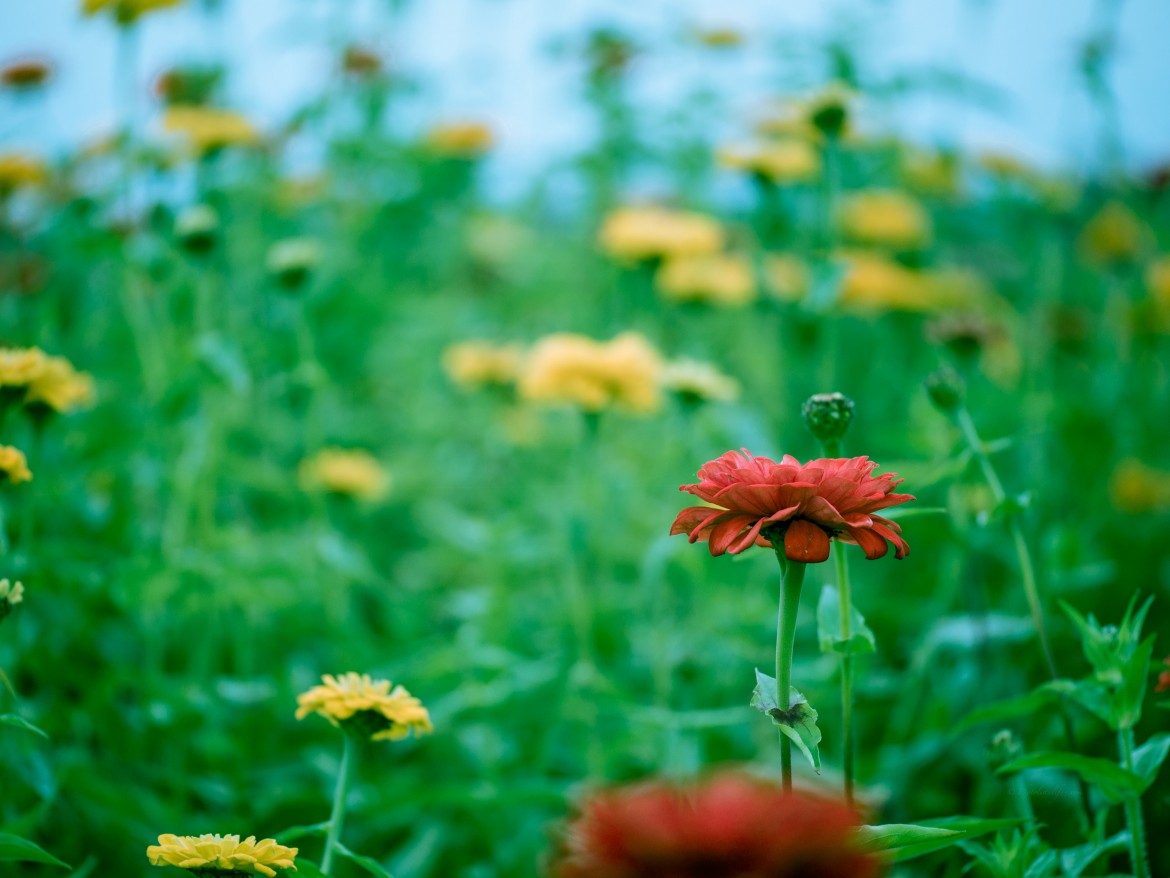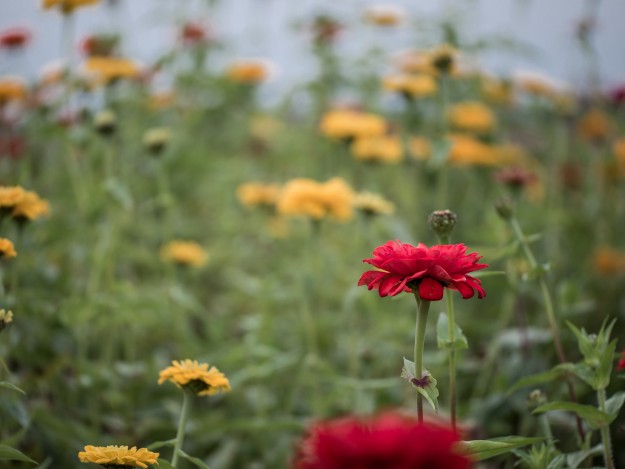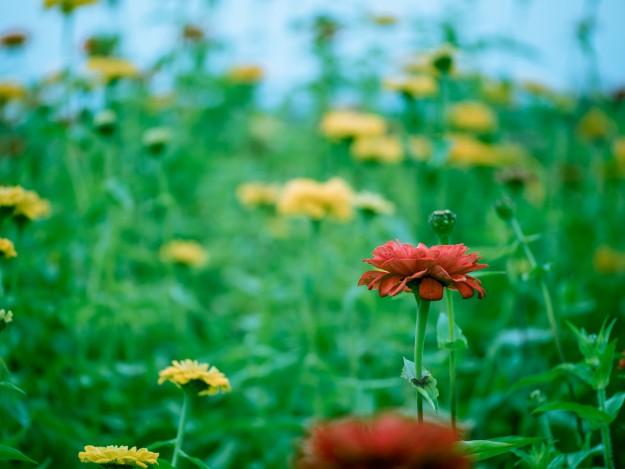Split Toning
Split toning is the process of adding more than one color to tone an image. Traditional toning was used to change the tone of B+W photographs, one of the more popular tones you’re probably familiar with is Sepia (almost every camera with art filters include one versions of this). Split toning allows you to add a color such as blue or yellow to your highlights and then another color like yellow (if you used blue) or blue (if you used yellow) to your shadows.
The images below were processed using Lightroom 5 and I went a little heavy on the split toning to show you what kind of creative leeway you have. I added blue to the highlights and green to the shadows (admittedly probably not the colors I’d go with if I was using this for anything other than this example). Enjoy!
Image before split toning.
Image after being processed with split toning.
The blue and green split toning could work for this photo because it feels cooler than the original and the photo was taken on a cool fall day in Pennsylvania. You can use split toning to introduce a color scheme that portrays how you felt when you took the photograph or how you’d like the viewer to perceive it. Play around with the settings and you may find a new style.
*The camera used for the above shot was the Olympus OMD EM1 with the Panasonic 35-100mm f/2.8 lens
Are you a fan of split toning? Do you use it often? If so and you’d like to share your technique and tips feel free to submit an article by hitting the Submit an Article link, you can choose Photo Journal Challenge. Thanks for reading and feel free to share with all your hordes of friends waiting to see what you like next.






